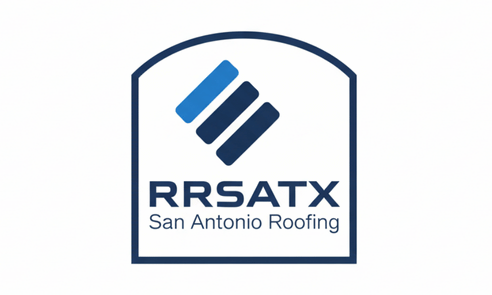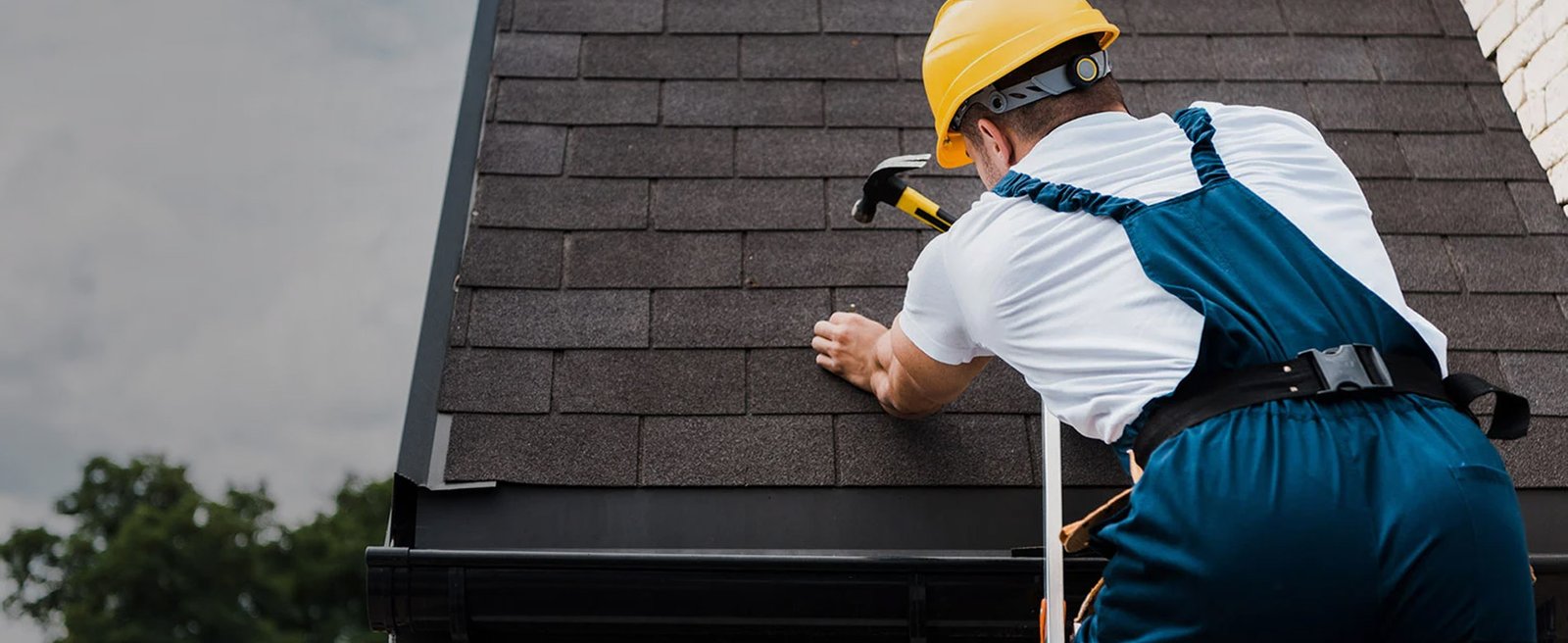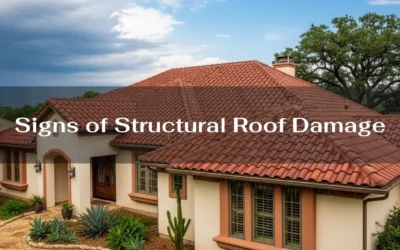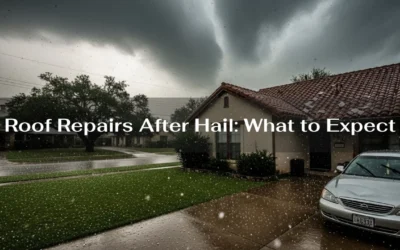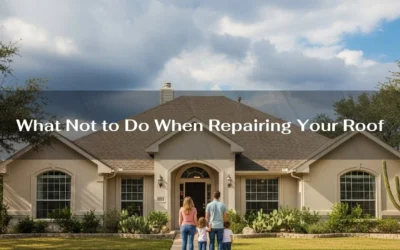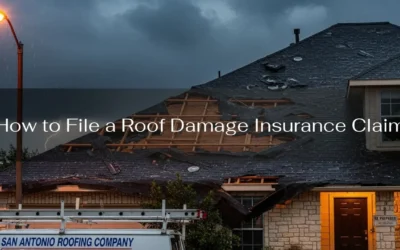As a homeowner, one of the most significant decisions you’ll face when it comes to maintaining your property is whether to repair or replace your roof. Your roof plays a vital role in protecting your home and its occupants from the elements, and it’s essential to keep it in optimal condition. In this comprehensive guide, we’ll address the critical question: “Do I need to repair or replace my roof?” We’ll also provide tips and insights specific to San Antonio homeowners to help you make the best decision for your home.
To answer the question right away: You need to assess the extent of the damage, the age of your roof, and the remaining lifespan of your roofing materials to determine whether a repair or replacement is the best option.
Evaluating the Extent of Roof Damage:
Before deciding whether to repair or replace your roof, it’s crucial to evaluate the extent of the damage. Some common signs of roof damage include:
- Missing or damaged shingles
- Leaks or water stains on ceilings and walls
- Sagging or damaged roof decking
- Mold or mildew growth
- Damaged or deteriorating flashing
If the damage is localized and limited to a small area, a repair might be sufficient. However, if the damage is extensive or affects the structural integrity of the roof, a replacement may be necessary.
Assessing the Age of Your Roof:
The age of your roof is another critical factor in determining whether to repair or replace it. Most roofing materials have a limited lifespan, and as they age, they become more susceptible to damage and wear. Here are the average lifespans for common roofing materials in San Antonio:
- Asphalt shingles: 15-30 years
- Metal roofs: 40-70 years
- Clay and concrete tiles: 50-100 years
- Slate roofs: 75-200 years
If your roof is nearing the end of its expected lifespan and showing signs of damage, it might be more cost-effective to replace it rather than repairing it.
Considering the Remaining Lifespan of Roofing Materials:
When deciding whether to repair or replace your roof, consider the remaining lifespan of your roofing materials. If your roof is relatively new and the damage is minor, a repair may extend its lifespan and save you money in the long run. However, if your roof is older and the materials have significantly deteriorated, investing in a replacement may be a better option.
Analyzing Cost Factors:
The cost of repairing or replacing your roof is another factor to consider when making your decision. While a repair may be less expensive initially, it might not be the most cost-effective solution if the roof requires frequent repairs due to age or extensive damage. In such cases, a roof replacement might offer a better long-term investment.
- Weighing the Impact on Energy Efficiency and Home Value: A roof in poor condition can negatively impact your home’s energy efficiency and value. A damaged or poorly insulated roof can lead to increased energy bills due to heat loss during winter and heat gain during summer. Replacing your roof with energy-efficient materials can help lower your energy bills and increase your home’s value, making it a wise investment.
- Consulting with Roofing Professionals: Before making a decision, it’s essential to consult with roofing professionals who can thoroughly inspect your roof and provide expert advice on whether to repair or replace it. They can assess the extent of the damage, the age and remaining lifespan of your roofing materials, and the overall cost-effectiveness of each option. Be sure to obtain multiple quotes from reputable contractors in San Antonio to ensure you receive the best advice and pricing for your specific situation.
Roof Repair vs. Replacement:
To help you make an informed decision, let’s explore the pros and cons of roof repair and replacement:
Roof Repair Pros:
- Less expensive upfront
- Faster and less disruptive process
- Can address minor and localized issues effectively
- Extends the lifespan of your roof when done correctly
Roof Repair Cons:
- May not be cost-effective for older roofs or extensive damage
- Repairs may be required more frequently over time
- May not address underlying structural issues
Roof Replacement Pros:
- Offers a long-term solution to roofing problems
- Increases your home’s value and energy efficiency
- Provides peace of mind with new materials and warranties
- Can address any structural issues or extensive damage
Roof Replacement Cons:
- More expensive upfront
- Longer and more disruptive process
- May not be necessary for newer roofs with minor damage
Conclusion: Deciding whether to repair or replace your roof is a critical decision for San Antonio homeowners. By evaluating the extent of the damage, the age of your roof, and the remaining lifespan of your roofing materials, you can determine the most suitable option for your home. It’s essential to consult with roofing professionals who can provide expert advice and guidance based on your specific situation. Ultimately, the choice between repairing or replacing your roof depends on your individual circumstances, budget, and long-term goals for your property.
